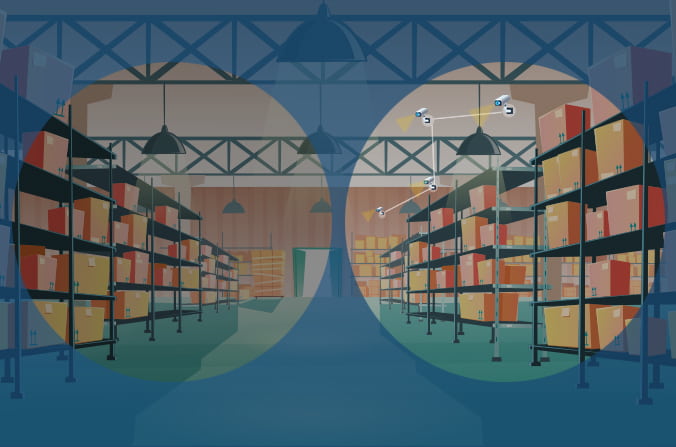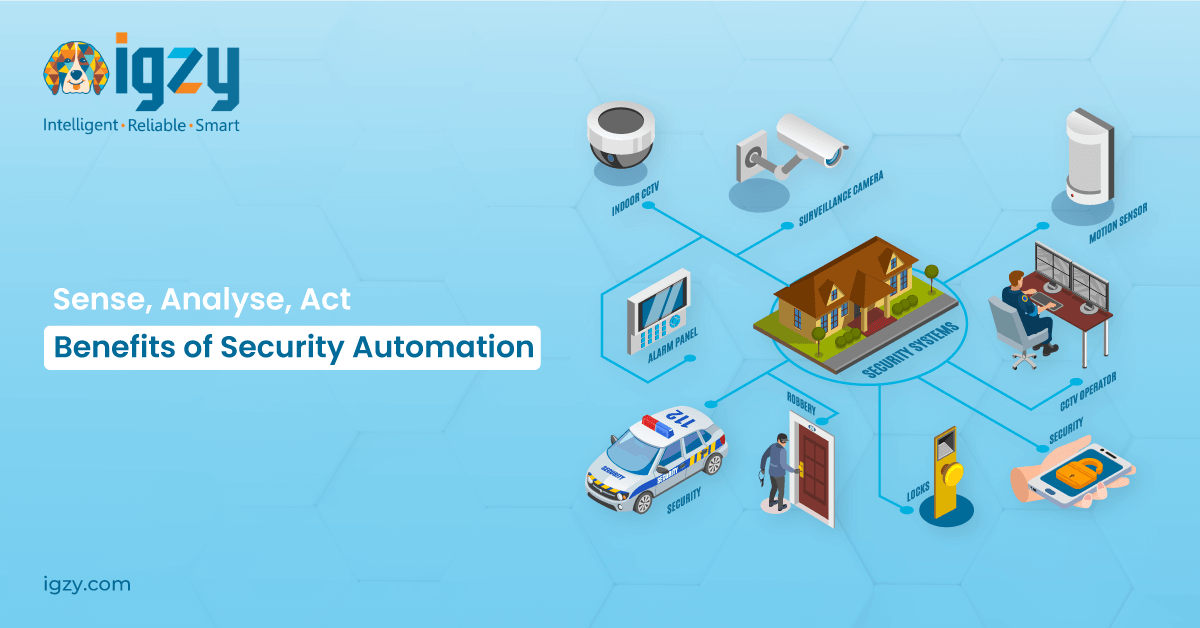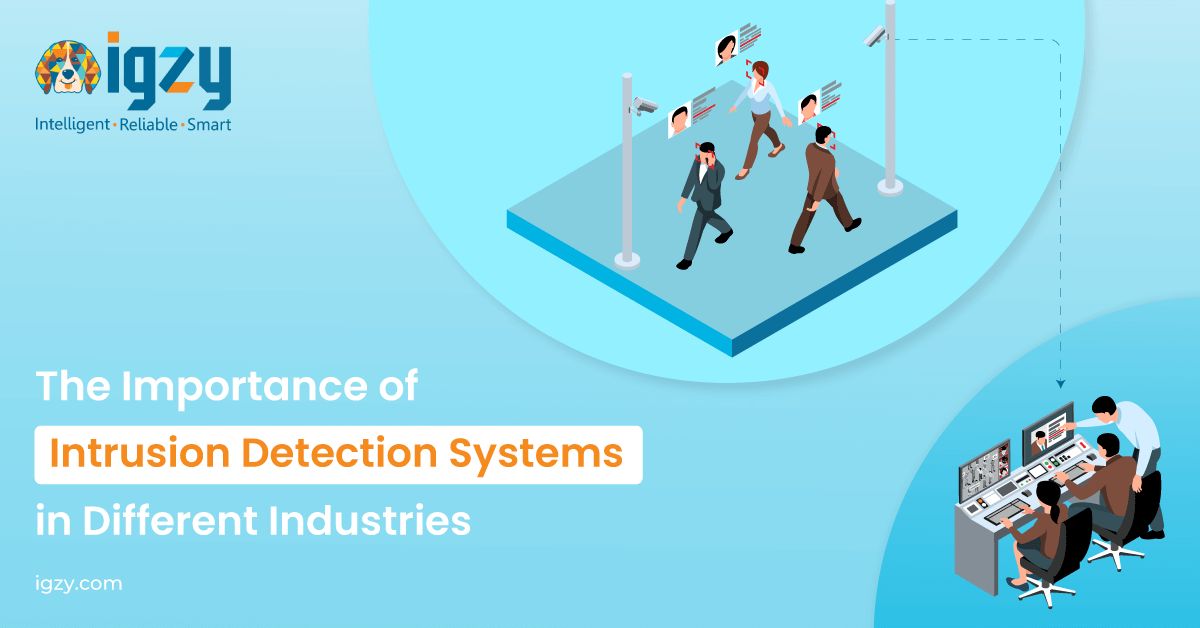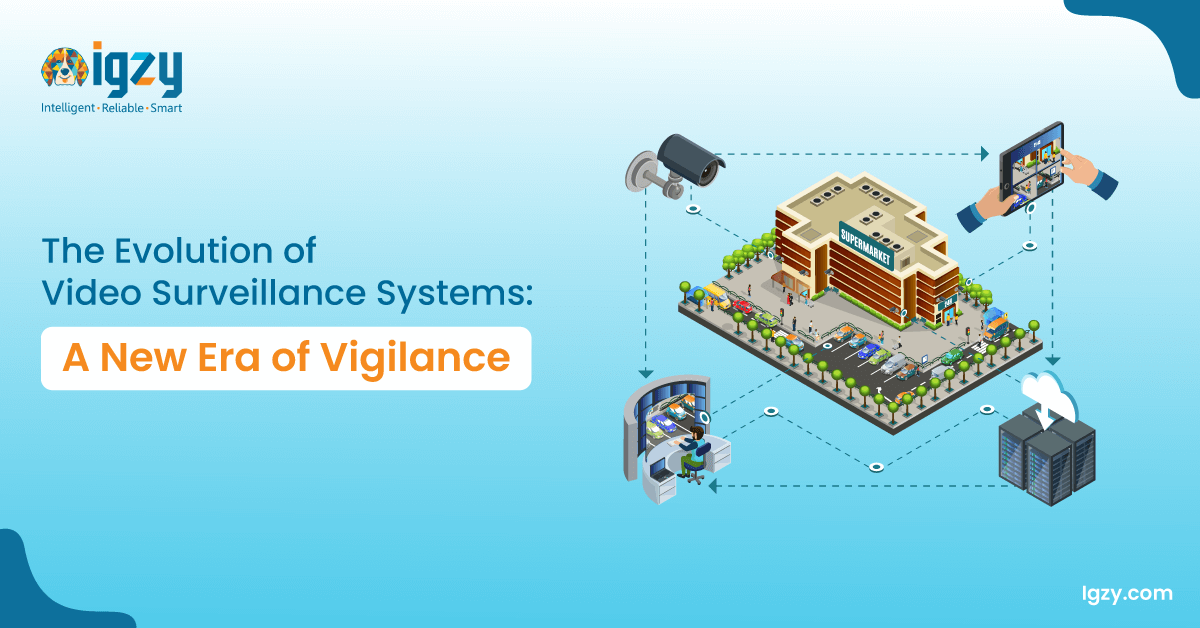8 Benefits Of Smart Warehouse Over Traditional Warehouse

Table of Contents
In this fast-moving and continuously changing world where every work needs to be quick, smart warehouses become a necessity. Indian E-Commerce is growing at an annual rate of 51% (one of the highest in the world) and is expected to become a $200 billion markets by 2026. This exuberant growth in E-Commerce space is also fueling warehouses to become smart warehouse.
A traditional warehouse is the one which we’ve been seeing for years. Most of the functions are operated by a team of workers. That said manual handling is dominant with forklifts and conveyors used at some points.
Whereas a smart warehouse is equipped with the latest technologies to keep up with the ever-growing demands of warehousing space. It uses Cloud, Artificial Intelligence, and Internet of Things all under a single network to drive efficiency and collect data that can be analyzed to further improve results.
Warehousing facilities are the bedrock for any industry. Despite smart warehouses being capable of unleashing the real capacity of a business, many companies are still reluctant on using automated and smart measures in managing warehouse. This is mainly because they are unaware of all benefits smart warehouses bring with it.
Smart warehouse benefits
1. Warehouse management system
A warehouse management system or WMS is a comprehensive platform which allows organizations to administer and control all the warehouse operations from a single platform. From inventory to pickups, supplies to transportation and even security and safety all under a single software. It gives the real-time data of what’s happening around and tracks goods from the entry in the warehouse to the exit. It also allows to forecast near term demands and optimize accordingly. With more and more processes becoming automated under a unified software it becomes easier to scale and expand the operations.
2. Integration of IoT
For a smart warehouse to work out, Internet of Things is a must to have tech. It is usually incorporated within the WMS. It unleashes the true potential of all the hardware by connecting them over the internet. All the data is communicated and analyzed in WMS to ensure quick and efficient processes. For instance, goods entering the warehouse are scanned by RFID scanners conveying this to WMS about the type and quality of goods received. Then accordingly automated guided vehicles are instructed to transfer the goods to specific places by keeping the data from temperature and humidity sensors in consideration. All the data from cameras and security systems are combined to ensure the safety of products. So that in case of any mishap, timely action could be taken. The same steps done by humans manually would be prone to a lot of errors, especially when it is done on a large scale and lot of information has to be processed. This is how by reducing human intervention and increasing use of IoT synchronizes the activities and reduced the risk of error.
3. RFID Tags
Radio frequency identification tags are electronic chips that can store a lot of information. The products with these tags can be scanned to get the necessary information about it and it becomes easier to store, find, and manage products by communicating this information with WMS. These tags also make keeping track of employees much easier. All the workers can be given these tags which when scanned at entry and exits send information related to working hours, timings, etc. Unlike manual logging or barcode scanning, this saves a lot of time and makes the process a whole lot smoother.
4. Cloud-managed video recorders
Cloud-managed video recorders or CMVR has revolutionized how large organizations store security camera’s footage. Unlike DVRs or NVRs which require cameras to be configured, storage drives to be installed, CMVR serves the dual purpose. It stores the data both on-site and on cloud servers. The data is sent to the cloud only on the demand of the customer and API is generated for the same for easy retrieval. This makes the data safe from any kind of damage. The elimination of storage devices makes it a lot cost-effective.
5. Robots and automation
The tasks of picking, storing and transporting the inventory are monotonous. It requires a lot of manpower and this can be tiresome for them also as it involves huge parcels. Automated guided vehicles and robots integrated with WMS and IoT help to allocate repetitive tasks and use the workforce efficiently. This saves a lot of time and work. This is especially beneficial where manpower costs are too high. These efficient machines make scaling makes it very easy. As no extra manpower needs to be employed; just some software changes and it’s good to go. These are-
- Much faster
- More flexible
- More efficient
- Less prone to errors and
- Cost-effective
6. Voice recognition systems
Typically voice recognition systems used to prevail largely in smartphone, gaming and consumer products space. However, recent developments have led to increasing adoption of this technology in warehouse space making it smarter. This serves as a mediator between humans and machines. This enables much faster transit of inventories and sync between humans and machines making the entire process more flexible. Special software translates the voice commands in the language that autonomous machines understand thus reducing the workload on man. This also accelerates and automates the process keeping a track of the workforce.
7. Artificial Intelligence and Machine Learning
The use of AI is booming in nearly every industry because of the simple fact that it helps to increase productivity. AI and ML are cherries on top existing warehouse management system and the Internet of Things. Despite the wide range of connected devices, the true value of the machine learning and artificial intelligence in warehouse management lies in constantly learning from the data and figuring out more efficient ways of doing a task. ML also helps managers in workforce management regarding their shifts, slotting and place of work depending on various factors. Basically, by analyzing the various data sets AI and ML have a very broad application in the warehousing industry. For instance, with the assistance of AI, robots can determine the shortest and the fastest route to a place in the warehouse depending on the size of the parcel and various other factors.
8. Unified matrix of cameras and sensors
Without cameras, security of a warehouse is incomplete. And proper safety and security no warehouse can be smart. A warehouse should always be protected by a proper set of cameras including cloud cameras and required sensors such as fire sensors, weight sensors, humidity sensors, etc. and the integration of all the security system with the WMS and IoT makes the security smart.
Smart warehouses undoubtedly offer advantages over traditional warehouses. The adoption of smart measures significantly enhances productivity and improves profitability over a longer-term. Few of the many benefits of adopting smart warehouse strategies include:-
- Cost-effectiveness
- Energy efficiency
- Quick and smooth operations
- Increase in productivity
- Flexible and scalable business model
- Economies of scale
- Adaptability to changing environment
- Increased safety and security
- Unified/Integrated operations
- Improved accuracy
- Transparency in operations
- Tracking and real-time management
A Smart Warehouse can be customized to fulfill the current customer’s and the business requirements and plans of the future. Therefore, keeping aforementioned points in mind, it is apparent that Smart Warehouse is the need of current era. It let users interact in a digital and safe manner. Smart warehouse solution thus let your businesses grow in an efficient and effective manner.
Automation is a big thing and is continuously adopted by new warehousing organizations. Looking for smart warehouse solution at affordable rates? Get in touch with Igzy. Our team leaves no stone unturned to take your business to new heights.





